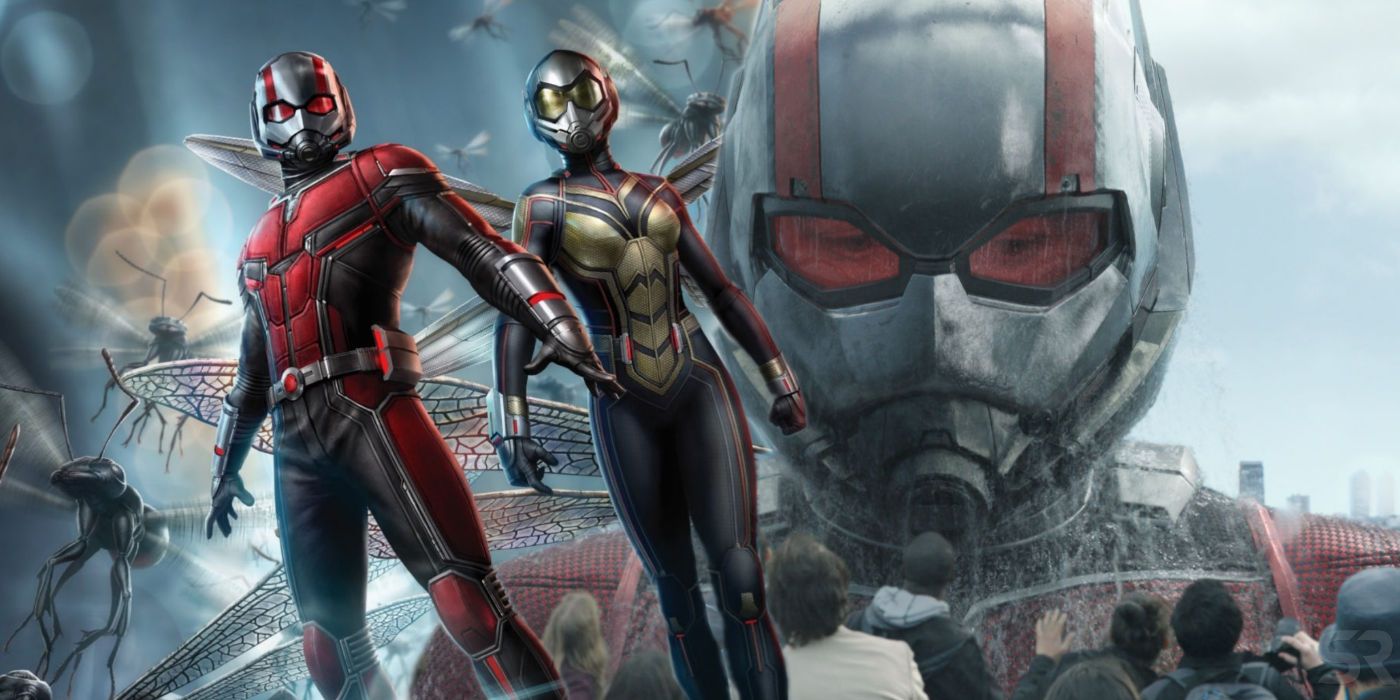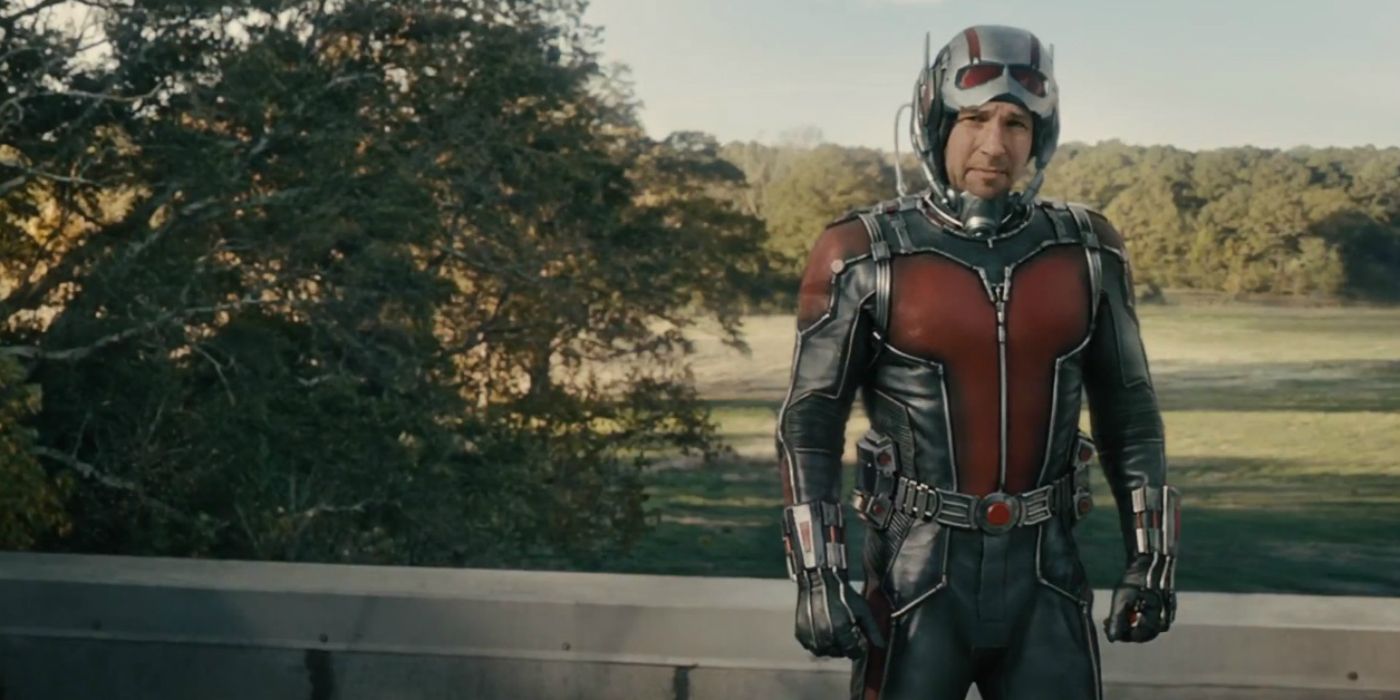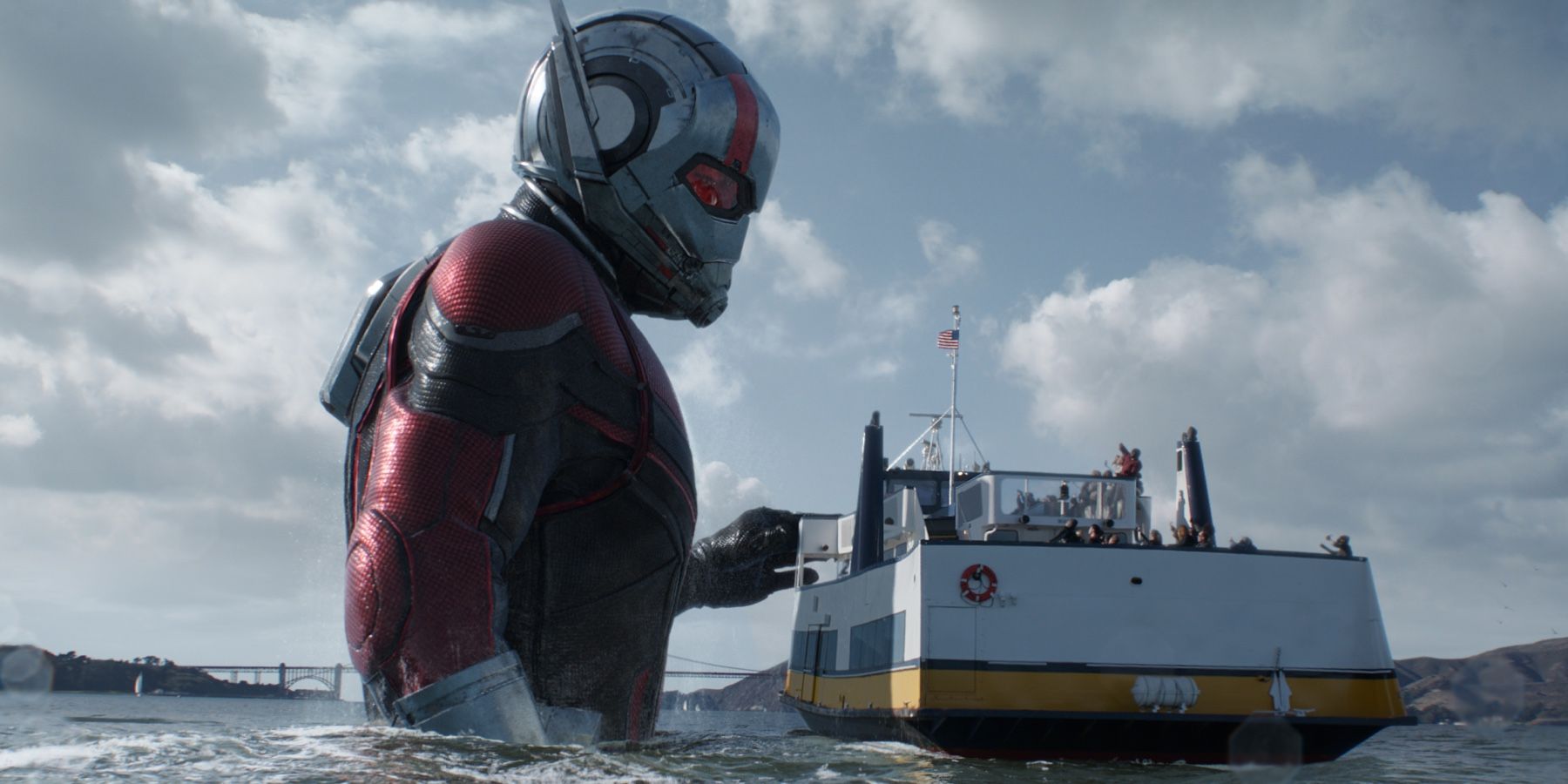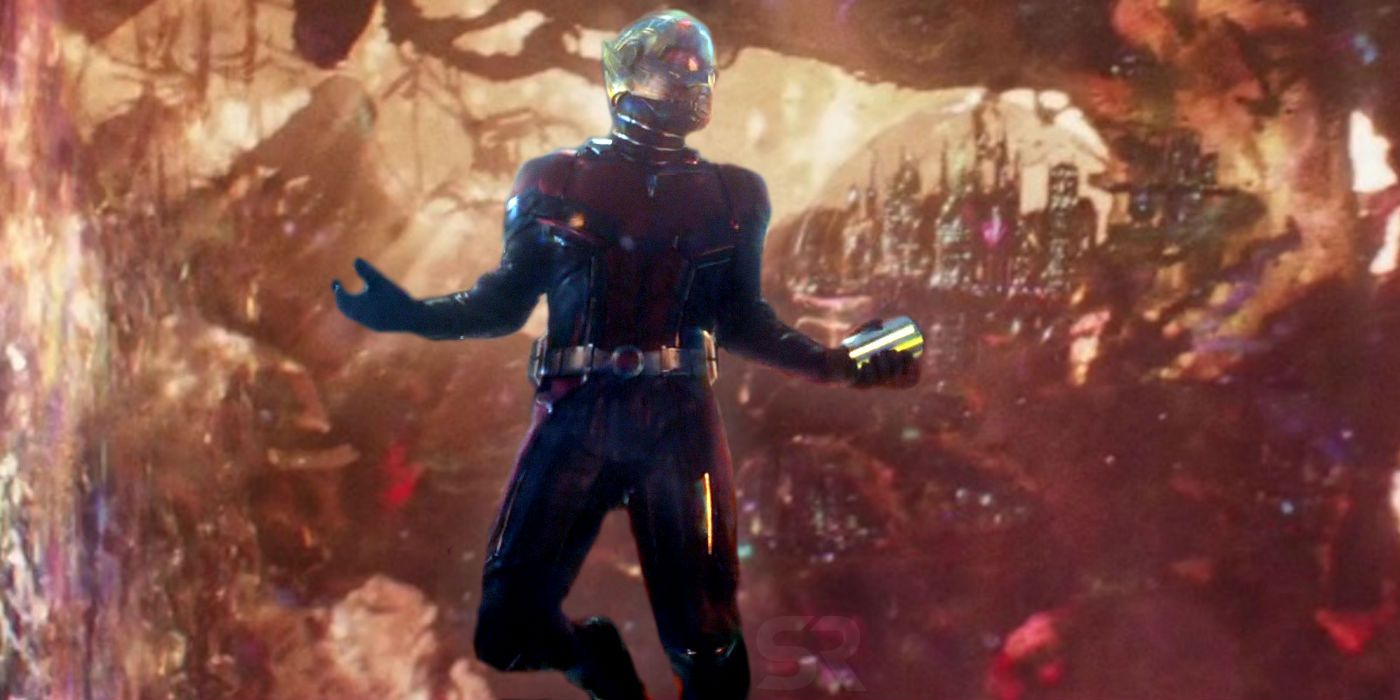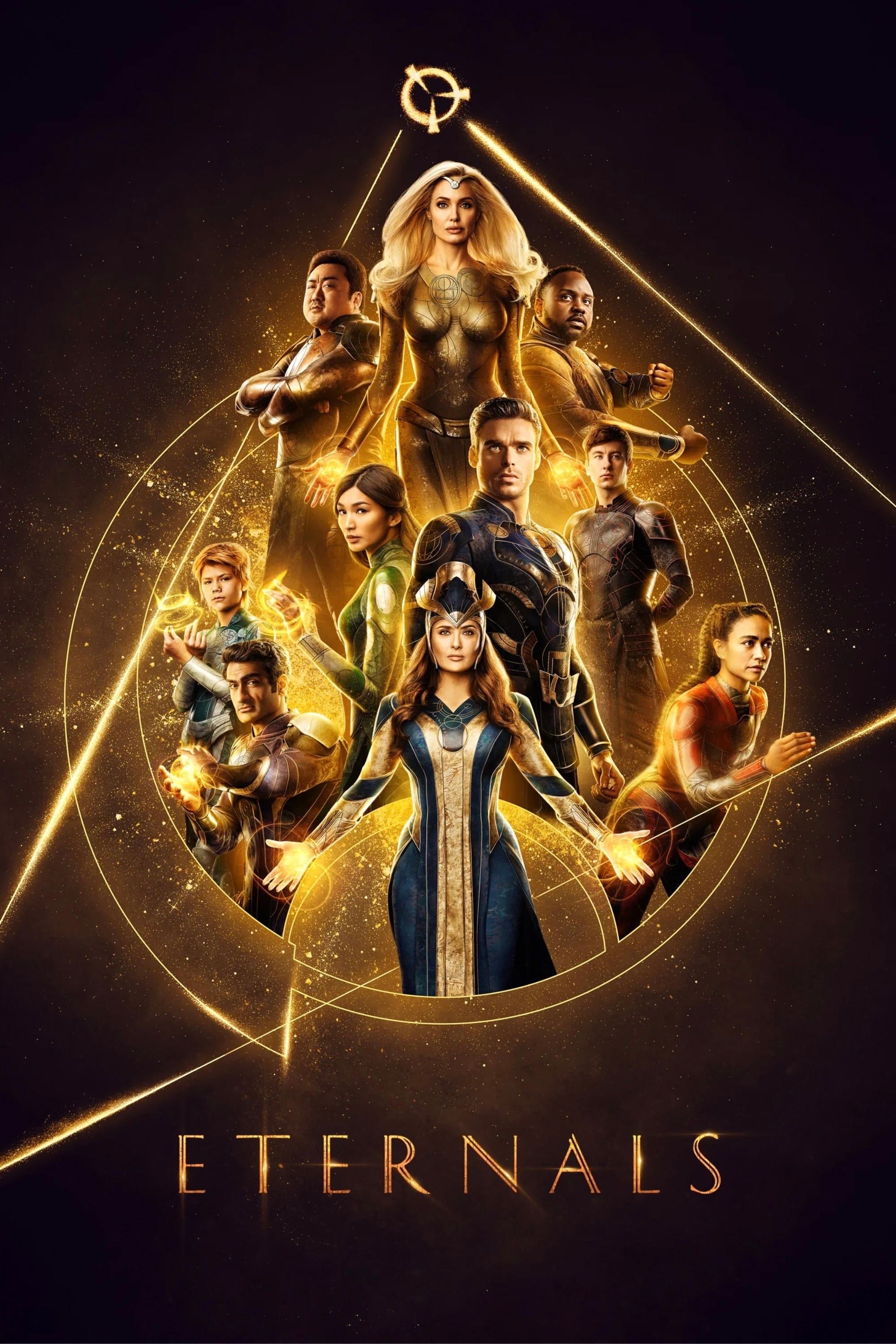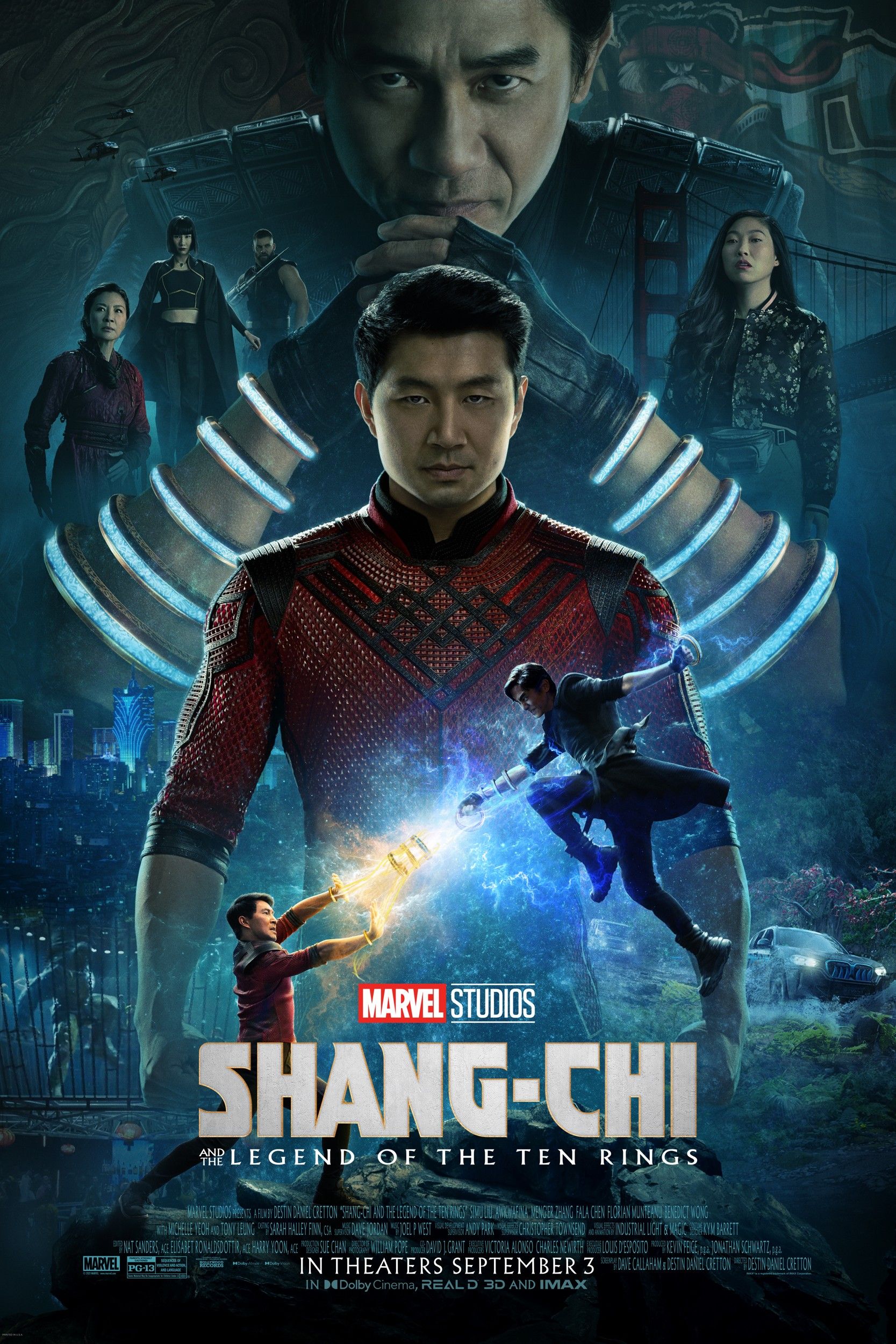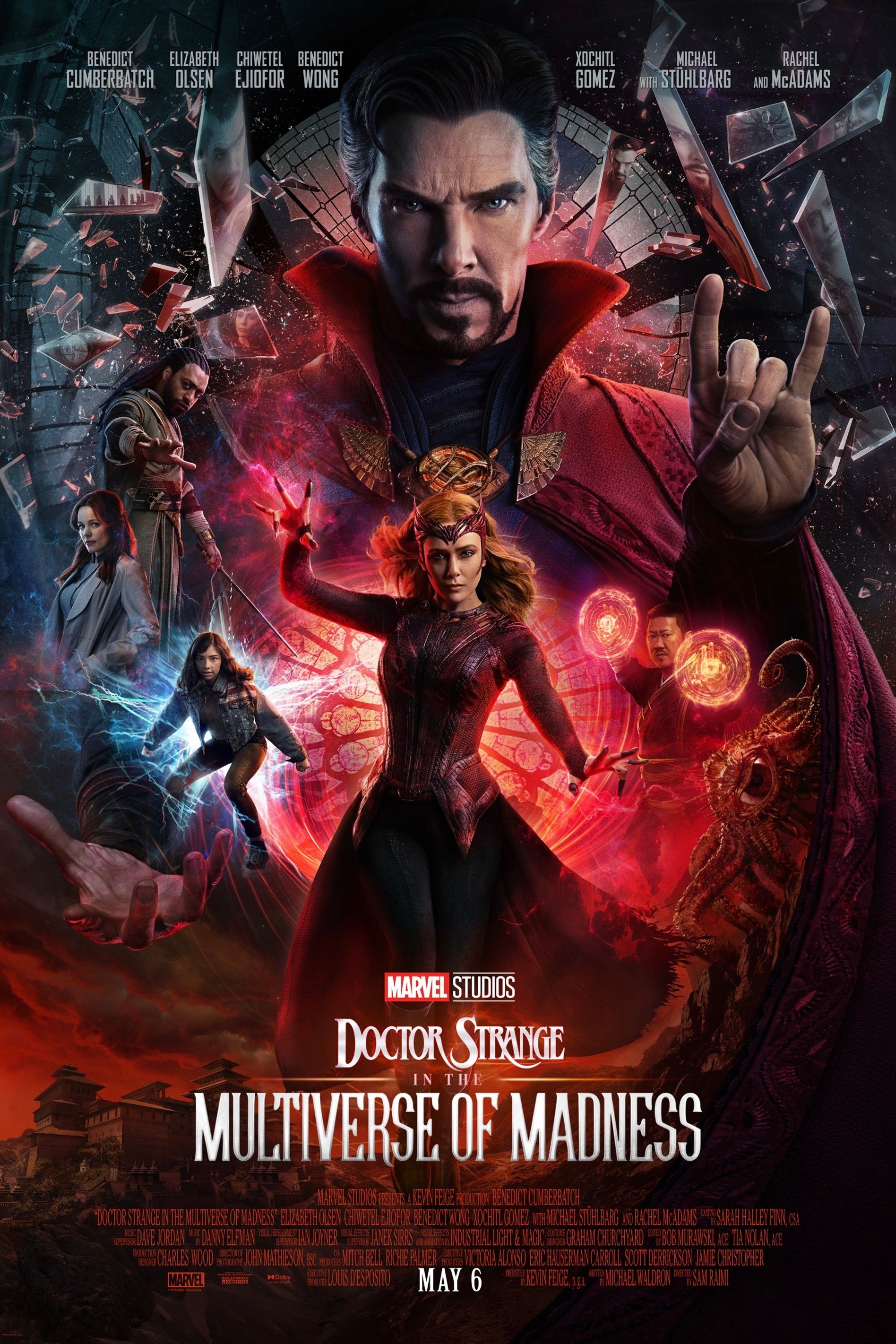Ant-Man 3 is happening and the sequel has to fix the problems and mistakes from the first two films. Marvel Studios tend to work in trilogies, but the fate of Ant-Man 3 has long seemed uncertain. Peyton Reed was initially hopeful that he'd return as director, believing that he'd planted a lot of ideas that he'd love to see come to fruition. But even star Paul Rudd became unsure it would happen, telling fans they needed to exert pressure on "top brass."
Expectations had seemed to die down after Marvel's Phase 4 announcement, which didn't include a mention of Ant-Man 3. But, as packed as that slate was, it only spanned a two-year period. The latest reports are that Peyton Reed will indeed return for Ant-Man 3, with production on the third installment planned to begin in early 2021 for a possible 2022 release date.
The problem is that the first two Ant-Man films were fun, but flawed. 2015's Ant-Man was a troubled production that lost its first director, Edgar Wright, due to behind-the-scenes conflict associated with the old Marvel Creative Committee. Peyton Reed had a lot more freedom with 2018's Ant-Man & the Wasp, but it was generally seen as a missed opportunity in the MCU; it performed on par with Phase 1 films from before Marvel Studios truly became the powerhouse it now is. But it's safe to assume Marvel wouldn't have greenlit Ant-Man 3 if they didn't feel it had potential. Reed can ensure Ant-Man 3 is a better movie by fixing the mistakes that from the first two films.
Make Ant-Man Interesting, Not The Fact He's In The Marvel World
The first two Ant-Man films have largely coasted on the fact they're part of the Marvel Cinematic Universe. The fight between Scott Lang and Falcon was a highlight of Ant-Man, while most viewers were drawn to the sequel because they considered it essential setup for Avengers: Endgame. For Ant-Man 3, Marvel need to drop that whole approach, and sell the characters themselves. Fortunately, the events of Ant-Man & the Wasp and Avengers: Endgame have made that a whole lot easier. The return of Janet Van Dyne has drastically altered the Pym family dynamic, while Avengers: Endgame's five-year time jump means Scott Lang now has to get to know his daughter all over again, because she's become a teenager, played by Emma Fuhrmann. The change in status quo means that the Pyms and the Langs have never been more interesting in their own right.
The "new" version of Cassie should form the emotional center of this film. Abby Ryder Fortson's younger version was a highlight of both Ant-Man and Ant-Man & the Wasp, a wonderfully cute child who absolutely adored her superhero dad. She'll be dearly missed, but the recasting does provide an opportunity for an exciting arc lifted straight from the comics. There, Cassie is inspired by her father's example to become a superhero herself, taking up the codename "Stature" and joining the Young Avengers. Marvel deliberately left the door open in Ant-Man & the Wasp for the Young Avengers to form, and there's intense speculation the superhero team could be introduced by Phase 5. This is the perfect opportunity for Cassie to take center-stage.
It's important to remember that Peyton Reed has had years to plan Ant-Man's story trajectory. Shortly after the release of Ant-Man & the Wasp, he noted that he'd already been talking to the writers and producers about how the different character arcs would pay off. "I really have fallen in love with these characters," he observed, "and I think there's a lot more story to tell with them." All Reed needs to do is allow his love for these characters to shine through, and to make their character journeys the heart of his story.
Use The Tech Properly, Not Just Trailer Shot
The ability to change size sounds like an impressive superpower, but so far, the Ant-Man films haven't really exploited it to its full potential. There have been a few crowd-pleasing moments - say, Giant-Man, or some of Hope Van Dyne's action sequences - but they've been few and far between, and they've frequently felt as though they were tossed in for the trailers. More often, the size-changing technology has been played for humor, such as an extended sequence where Scott Lang's size regulator malfunctioned and he wound up stuck at the size of a kid.
Two elements of Ant-Man & the Wasp show the way for Marvel to use this power properly in the threequel. The first was a combat scene where Hope Van Dyne took on Sonny Burch's goons, effortlessly wading through them. Fight choreographers ensured that Hope's entire combat style was oriented around her size-changing, which she used to launch devastatingly effective sneak attacks and to dodge thrown blades. Meanwhile, set designers were also more creative than the script itself when it came to figuring out how Hank Pym's lab should work. On closer examination, he'd constructed the laboratory by size-changing everyday objects, and it was all powered by an enormous version of a Duracell battery. These two elements - the Wasp action scene and Hank's lab - should serve as a guide for Marvel as they consider how to make size-manipulation a core part of Ant-Man 3.
Ant-Man 3 Needs To Explore The Quantum Realm
Spinning out of that, Pym Particles are one of only two ways to access the Quantum Realm (the other being Sling Rings used by the Masters of the Mystic Arts). The Quantum Realm is still surprisingly underdeveloped, serving only as a convenient plot device to allow time travel in Avengers: Endgame. Its potential is illustrated by the comics; it serves as an MCU analogue for two planes of reality from the comics, the Microverse and another realm called Limbo. The Microverse is a subatomic reality inhabited by countless alien races, but Marvel Studios can't legally use that name due to its connection to the Micronauts; and Limbo is a mysterious dimension that exists outside the normal rules of space-time, with any time traveler passing through it briefly. Ant-Man & the Wasp's concept art demonstrates that Marvel toyed with countless different ideas for the Quantum Realm, ranging from psychedelic realities to memory places. In the end, none of these ever made it to the big screen. The most viewers saw was a blink-and-you'll-miss-it shot of a mysterious alien city, proving that the Quantum Realm is inhabited.
It's time for the Ant-Man franchise to drop the heist theme and embrace the "Journey to Astonish" that was a core part of the original comics. Ant-Man 3 is a unique opportunity for Marvel to explore the Quantum Realm in detail, with Janet Van Dyne serving as a sort of tour guide given she's lived there for decades. This time round, though, the focus should be laser-sharp. The script should pointless distractions like the Sonny Burch plot, which felt irrelevant in Ant-Man & the Wasp and contributed little to the MCU as a whole.
-
Marvel look to be taking a lot of risks as part of their Phase 4 slate. Black Widow seems ill-timed, given Scarlett Johansson's titular hero was killed off in Avengers: Endgame; The Eternals stars characters who only the most committed comic book readers are familiar with; and now Ant-Man 3 will continue one of Marvel's worst-performing franchises. But Marvel Studios president Kevin Feige is renowned for playing the long game, and he wouldn't greenlight this project if he didn't believe Marvel had learned all the necessary lessons from Ant-Man & the Wasp.

